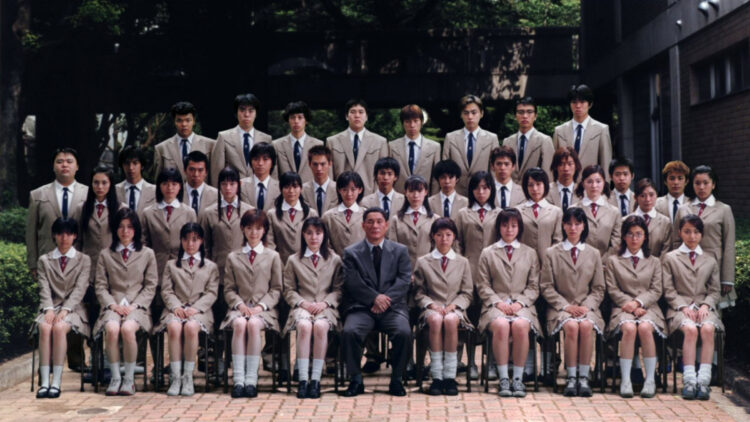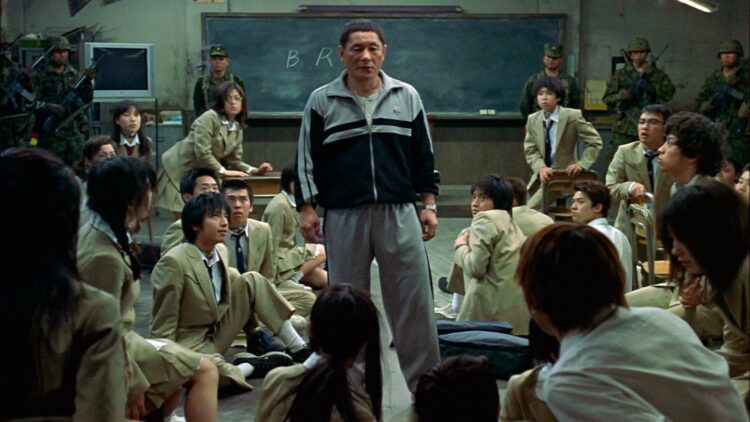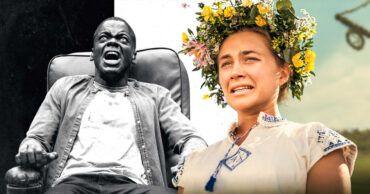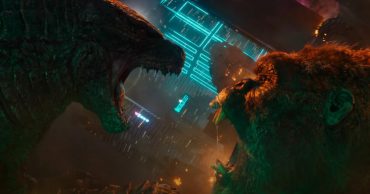One of the most controversial films of the early 2000s feels tame in retrospect. However, without Battle Royale, this sort of dystopian movie that focuses on children being forced to kill each other likely wouldn’t be as accepted in today’s film market. Of course, Battle Royale isn’t an exploitative film that finds joy in the suffering of these young teenagers. The themes of racism and self-identity are woven into a story that’s jam-packed with action and drama.
The film: Forty-two students over three days will fight to the death on a deserted island. The unlucky class happens to be a group of ninth-graders from a Japanese high school. The film is from legendary director Kinji Fukasaku and features Chiaki Kuriyama – who played Gogo in Quentin Tarantino‘s Kill Bill. Though the shock and awe come from the surprising events that took place during the film, Battle Royale leaves a lasting impression because it pushes the boundaries of storytelling that resonate with audiences.
The Great Lengths Director Kinji Fukasaku Had To Go Through To Film Battle Royale

The struggles with Battle Royale began even before the production of the film adaptation. The depiction of children in horrific situations was nothing new in cinema. After all, films like The Omen, Children of the Corn, and The Exorcist have kids playing crucial roles in these horror films. However, the level of violence displayed in Battle Royale certainly was.
In retrospect, the violence is quite tame compared to today’s standards. A lot of the deaths are off-screen and there’s nothing grotesque and torturous about any of the violence displayed. But that was a different culture. The Japanese Parliament attempted to ban the Koushun Takami novel the film is based on. That ultimately failed, so the government then took drastic measures to make sure that the movie itself didn’t see the light of day. However, they accidentally made Battle Royale immensely popular because of the attention it received. It showcased that the public isn’t as sensitive as officials had believed, and allowed films to venture into fresh areas of storytelling.
The Legacy Battle Royale Left Behind

In every generation, a film changes the industry by pushing the limits of what can be shown onscreen. The Jazz Singer effectively became the beginning of the end for silent films. Stranger on the Third Floor (1940) is often credited for putting Film Noir in the spotlight. The Maltese Falcon and Citizen Kane further put it on the map. Alfred Hitchcock’s Psycho is credited for showcasing the first flushing toilet!
Iron Man began the start and craze of the cinematic universe. These films pushed the boundaries of filmmaking further and made the industry better as a whole. Some were more controversial than others, but each one came with a huge risk that could’ve destroyed someone’s career. Kinji Fukasaku had done plenty of films before Battle Royale, but this was the movie that put him on the map.
It challenged the level of violence that audiences could handle. It also started important conversations on culture and the negative way society abuses power and politics. Despite years and years of seeing countless gory and violent horror films, children represent a sign of innocence and the future. These weren’t evil kids. It took on the perception of what these young minds would do in such a dire situation. It allowed Fukasaku to write a scenario that would completely counterpoint what adults would do. In turn, it was a compelling narrative with an important voice that shaped the culture.
Why It Still Holds Up In The Modern Culture

It’s been 20 years and the certainly looks like it is based on the lack of technology of the film. However, The first Terminator has severely outdated graphics. So do movies like Vertigo or Robocop. It’s the timeless themes that keep Battle Royale relevant in modern culture today. Just look at The Hunger Games series or Squid Game – both deal with people who have to fight for their survival in different ways. The key factor is that it isn’t just for sport. Each one of these has an important message about society as a whole. For Hunger Games, it highlights ideas of wealth, poverty, and power. Squid Game is quite similar as the rich are essentially powerful socialites who consider the players as horses in a race. Battle Royale is a really good film that first showcased the ugly side of humanity when it comes to social class.
 Follow Us
Follow Us




